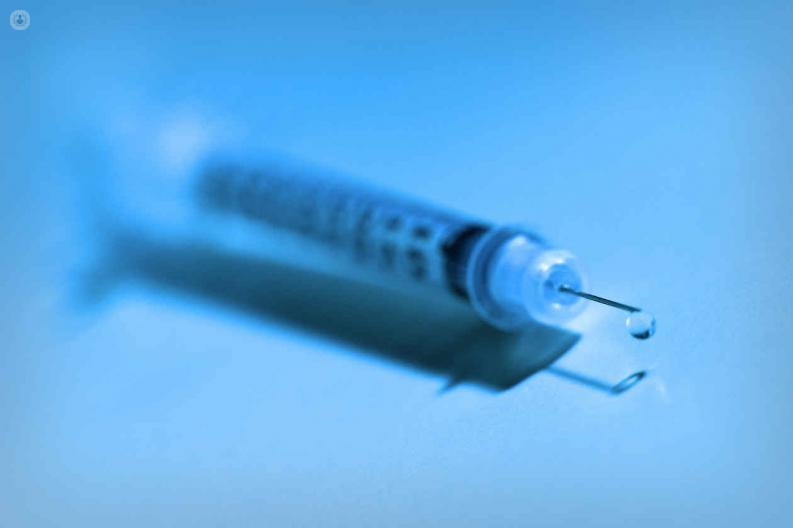

What is it?
Treatment with morphine is a procedure used to reduce moderate to high levels of pain. Morphine should only be used to alleviate pain so strong that other analgesics or painkillers can’t help. Morphine is a very strong treatment, from the opioid family, and it is used to alleviate intense pain, to improve breathing and avoid choking sensation, as well as help manage anxiety. Morphine is part of a group of medications called opioid analgesics, also known as narcotics. It is very effective at providing comfort to terminal patients. It changes the way that the brain and nervous system respond to pain.
Why would you do it?
The main reason morphine is used is that it can distort the mind’s perception of pain. Morphine treatment is used when the pain is so strong that no other treatment is able to help. When morphine is in our system it has various effects, it reduces breathing and heart rates as well as slowing down brain function.
 Continued use of morphine can cause addiction and tolerance
Continued use of morphine can cause addiction and tolerance
What does it involve?
This type of medication works on the opioid receptors, those that are responsible for administering pain to the nervous system. These react to natural compounds, such as endorphins, which is why morphine tries to mimic these compounds and block pain messages to the brain. When morphine reaches these receptors, the analgesic effect is transmitted, through a cascade of G proteins, the most common way of cell signalling. These proteins increase the transmission in potassium channels, decrease it in calcium channels, and inhibit the adenylate cyclase.
How can you prepare for it?
Before using morphine as a treatment, you should check to see if you have any of the following conditions, if so your doctor will keep a close eye on your treatment.
- Brain injury
- Low blood pressure (hypotension)
- Chronic asthma
- Increased intracranial pressure
- History of drug dependence
- Insufficient thyroid secretion (hypothyroidism)
- Intestinal disorders such as severe intestinal inflammation
- Rapid heart rate (supraventricular tachycardia)
- Gallbladder dysfunction
- Prostatic hypertrophy or narrowing of the urethral canal (urethral stricture)
Overuse of morphine can cause dependence and tolerance to it. If treatment is suddenly interrupted and you have become morphine dependent, it can cause withdrawal. Some withdrawal symptoms may be present after administering opioid antagonist (naloxone or naltrexone) or agonist / antagonist (pentazocine). Medical professionals will take special care when treating young patients, elderly patients, weakened patients, or patients with renal or hepatic insufficiency, who may be more sensitive to the effects of morphine.
Post treatment care
Taking morphine can sometimes cause side effects. The cause should always be diagnosed. If you suffer any of the following symptoms, it is advisable that you see a doctor:
- Headache
- Dizziness
- Confusion
- Mood swings
There are other more serious side effects. If you experience one of these, you should see a doctor immediately or go to A&E.
- Convulsions
- Slow breathing
- Long pauses between breaths
- Difficulty breathing
- Agitation, hallucinations (seeing things or hearing voices that do not exist), fever, sweating, confusion, rapid heartbeat, shivering, spasms or muscle rigidity, loss of coordination, nausea, vomiting, or diarrhoea.
- Nausea, vomiting, loss of appetite, weakness, or dizziness
- Inability to achieve or maintain an erection
- Irregular menstruation
- Loss of libido
- Itchiness
- Rash
- Urticaria
